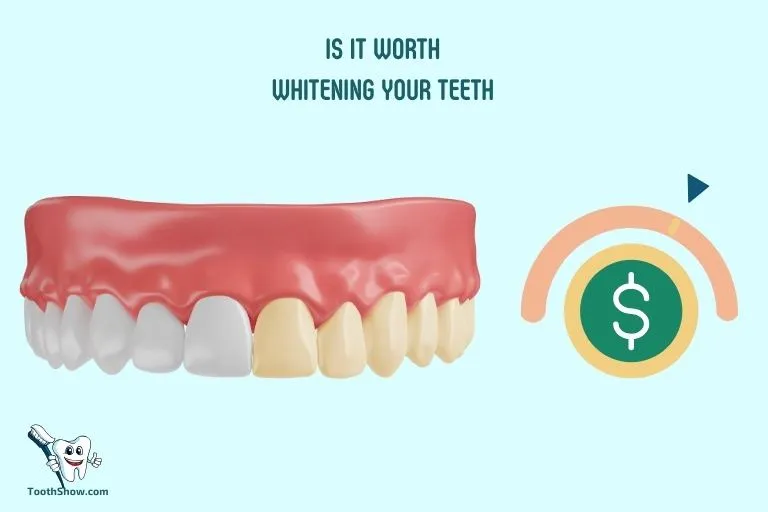The Appeal of a Bright Smile
A radiant smile is often associated with youth, health, and attractiveness. In today’s society, where appearance plays a significant role in both personal and professional settings, the desire for a brighter smile has become increasingly prevalent. This has led to a surge in the popularity of cosmetic dental procedures, with teeth whitening leading the pack. People are investing in these treatments to boost their self-esteem, enhance their social interactions, and make a positive first impression. The pursuit of a perfect smile is a reflection of our broader cultural values, highlighting the importance we place on physical appearance and self-image.
Why Teeth Whitening is Popular
Teeth whitening’s popularity stems from its ability to deliver noticeable results quickly and relatively affordably compared to other cosmetic procedures. The convenience of readily available over-the-counter products and the increasing accessibility of professional treatments contribute to its widespread appeal. Furthermore, marketing efforts by dental practices and manufacturers have successfully positioned teeth whitening as an essential part of a comprehensive beauty routine. Social media also plays a role, with influencers and celebrities showcasing their pearly whites, further driving demand. The perceived benefits, including improved confidence and a more youthful appearance, continue to fuel the market, making teeth whitening a staple in the cosmetic industry.
The Cost Factor of Teeth Whitening
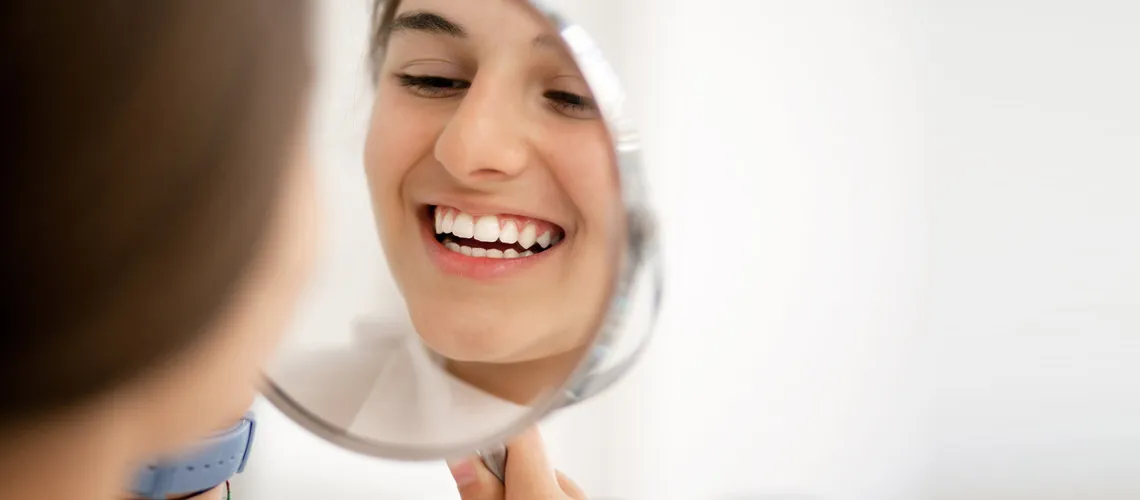
The cost of teeth whitening varies significantly depending on the method chosen. At-home whitening kits, available at drugstores and online, are the most affordable option, costing anywhere from $20 to $100. These kits typically contain whitening strips, trays, or toothpastes. Professional teeth whitening, performed by a dentist, is considerably more expensive, ranging from $300 to $1,000 or more. This higher cost reflects the use of stronger bleaching agents, the expertise of the dentist, and the controlled environment of a dental office. The price also depends on the type of whitening procedure, the number of sessions required, and geographic location. Understanding the cost implications is crucial in deciding whether teeth whitening fits within one’s budget and expectations.
Types of Teeth Whitening and Their Costs
There are several types of teeth whitening methods available, each with its own cost and level of effectiveness. Professional in-office whitening typically involves the application of a high-concentration hydrogen peroxide gel, often combined with a special light or laser to accelerate the process. The cost of this procedure is relatively high, but it offers the most dramatic and immediate results. At-home whitening options include custom-fitted trays provided by a dentist, which cost slightly more than over-the-counter kits but offer better fit and more effective results. Over-the-counter products, such as whitening strips and toothpastes, are the most budget-friendly but deliver more gradual results. The choice of method depends on individual needs, budget constraints, and desired outcomes. Proper consultation with a dentist is always recommended before initiating any teeth whitening treatment.
Professional Teeth Whitening
Professional teeth whitening, performed by a dentist, offers several advantages. The dentist can use stronger bleaching agents than those available over the counter, leading to faster and more significant results. They can also monitor the process to ensure safety and minimize potential side effects like gum irritation or tooth sensitivity. The procedure typically involves isolating the teeth, applying the whitening agent, and sometimes using a special light to enhance the bleaching effect. This method is ideal for people looking for immediate results or those with stubborn stains that over-the-counter products can’t address. Though it is more expensive than at-home options, it offers the benefit of professional expertise and often produces the most impressive outcomes.
At-Home Whitening Kits
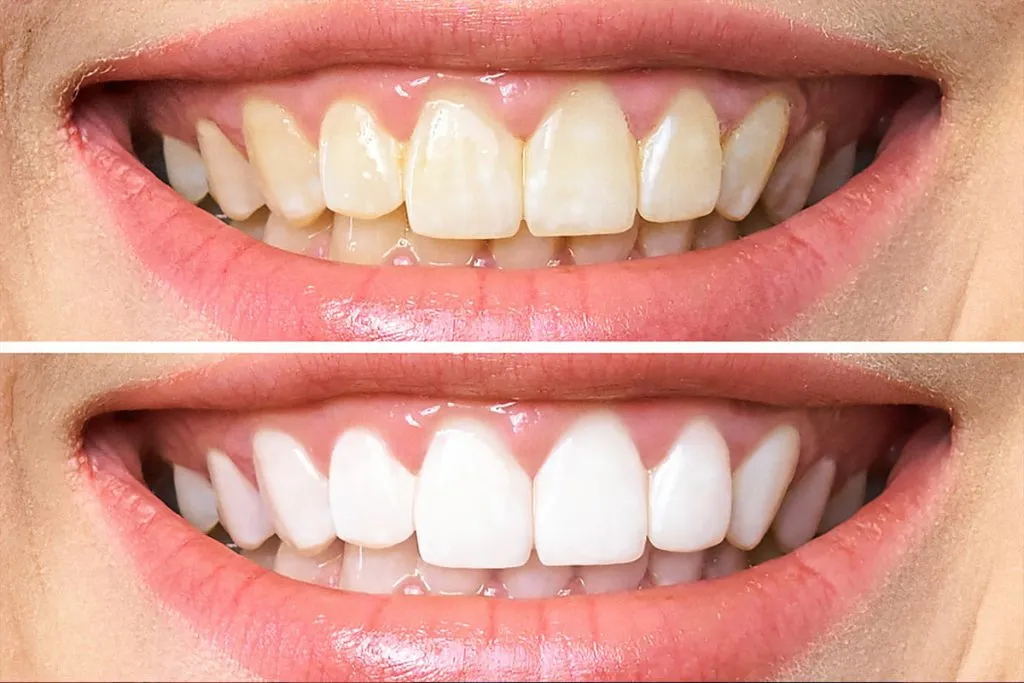
At-home whitening kits provide a convenient and cost-effective alternative to professional treatments. These kits typically include whitening strips, trays, or gels that can be used in the comfort of your home. Whitening strips are easy to use, involving simply applying the strips to your teeth for a specified amount of time. Tray-based systems involve filling a custom or pre-formed tray with whitening gel and wearing it for a specific duration. The results are usually less dramatic than professional whitening, but they can still provide a noticeable improvement in tooth color over time. It’s important to carefully follow the instructions and be mindful of potential side effects like tooth sensitivity. These kits are a good option for those seeking a gradual whitening effect at a lower cost.
Top 5 Facts About Teeth Whitening
Fact 1 The initial cost
The initial cost of teeth whitening varies based on the method chosen. Over-the-counter products, like whitening strips and toothpastes, are the most affordable, generally ranging from $20 to $100. Dentist-provided take-home kits using custom trays usually cost more, around $100 to $300. In-office professional whitening is the most expensive option, costing from $300 to $1,000 or more. The price also depends on the number of sessions required and the geographic location. Considering the initial cost is crucial when planning for teeth whitening, it is essential to align your budget with your desired level of whitening and expected results.
Fact 2 The ongoing cost
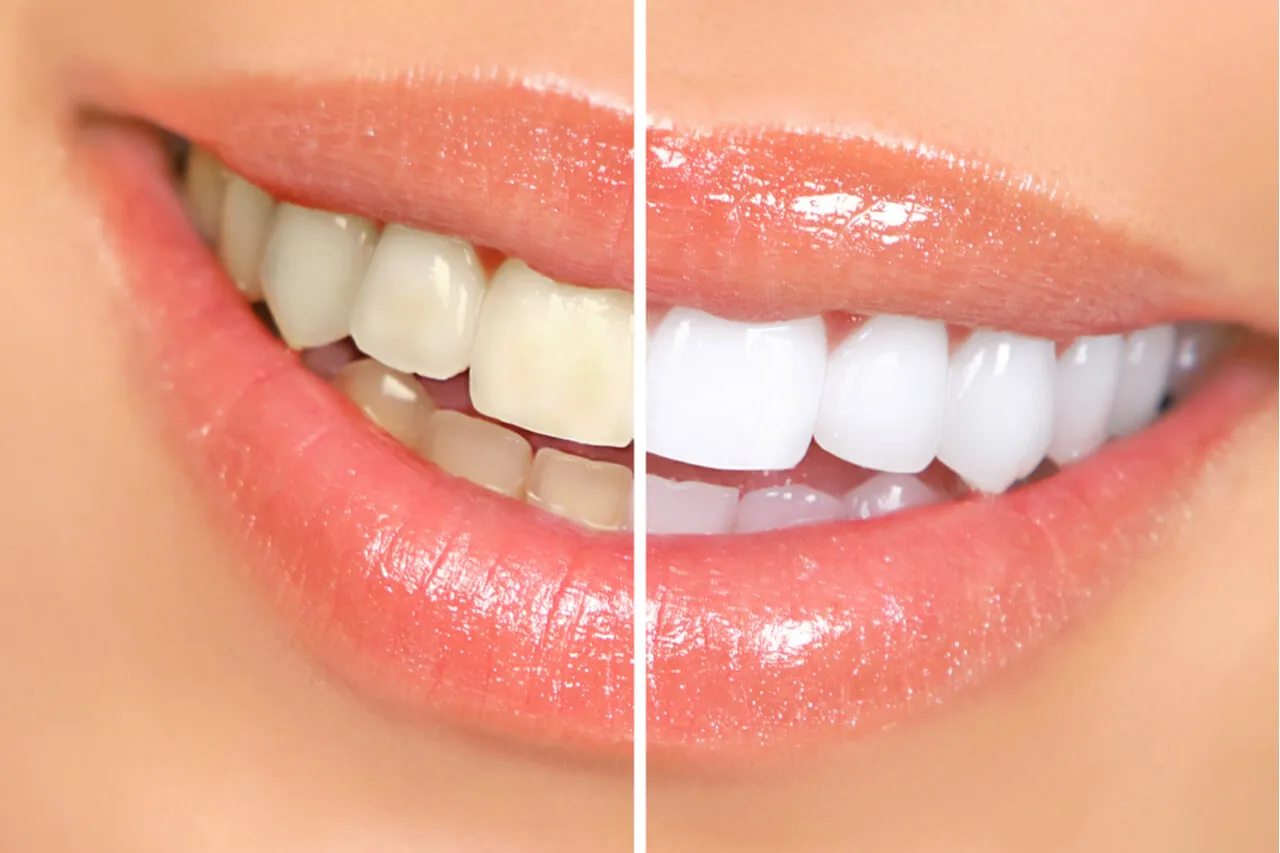
Teeth whitening is not a one-time expense. The results from teeth whitening are not permanent, and the teeth can gradually revert to their original shade or become stained again over time. To maintain the brightened effect, ongoing maintenance is often necessary. This might involve periodic touch-up treatments, which could include using at-home whitening kits or returning to the dentist for professional treatments. The frequency of touch-ups depends on factors such as diet, lifestyle habits (like smoking and coffee consumption), and the specific whitening method used. The ongoing costs associated with maintaining your bright smile need to be factored into the overall financial consideration of teeth whitening.
Fact 3 The effectiveness
The effectiveness of teeth whitening varies depending on the type of whitening treatment, the severity of the stains, and individual tooth characteristics. Professional whitening generally yields the most dramatic results, often lightening teeth several shades in a single session. At-home kits provide a more gradual whitening effect. The presence and type of stains also influence the outcome. Surface stains from coffee, tea, or tobacco are typically easier to remove than deeper intrinsic stains. Some teeth may respond better to whitening treatments than others. Understanding these factors helps set realistic expectations about what teeth whitening can achieve. Consulting with a dentist will help in determining which whitening procedure will work best for each individual.
Fact 4 The sensitivity
A common side effect of teeth whitening is increased tooth sensitivity. This is caused by the bleaching agents penetrating the enamel and reaching the dentin, which contains nerve endings. The sensitivity can range from mild discomfort to more intense pain, especially when consuming hot or cold foods and beverages. The severity of sensitivity varies from person to person and depends on the strength of the whitening agent used and the duration of treatment. The sensitivity is usually temporary, subsiding shortly after the whitening treatment is completed. Using toothpaste formulated for sensitive teeth can help to alleviate this side effect. Always consult with your dentist to address sensitivity issues if they arise.
Fact 5 The alternatives
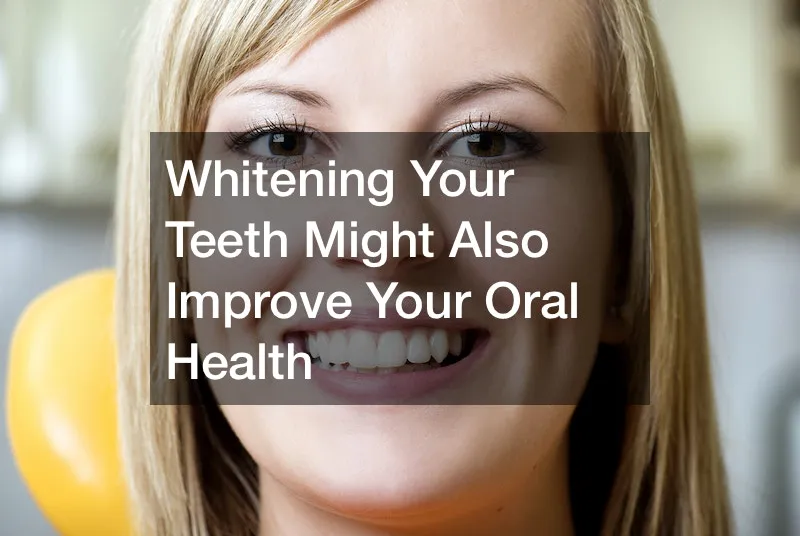
If teeth whitening is not the right choice, several alternatives can enhance the appearance of your smile. Dental veneers offer a long-lasting solution for discoloration, chips, and gaps, providing a complete makeover. Dental bonding is a more affordable alternative to veneers, involving applying a composite resin to the teeth to improve their shape and color. Regular dental cleanings and polishing can remove surface stains and improve tooth brightness. Using teeth whitening toothpaste can also remove some surface stains. For those with intrinsic stains that don’t respond to whitening, options like crowns may be considered. The best alternative depends on the specific dental issues and the desired aesthetic outcome.
Is Teeth Whitening Worth It for You?
Determining whether teeth whitening is worth the money involves carefully considering your personal preferences, budget, and expectations. If you desire a brighter smile and are willing to invest time and money, teeth whitening can be a rewarding option. However, it’s essential to weigh the costs, potential side effects (like sensitivity), and the need for ongoing maintenance. If you have realistic expectations and choose a suitable method based on your needs, teeth whitening can boost your confidence and enhance your smile. Consult with your dentist to get professional advice and explore all possible options, ensuring the decision aligns with your overall oral health goals and financial situation. Before and after photos are a good way to assess what kind of change can be expected.
